Improving Human Development in Asia-Pacific Through Policy
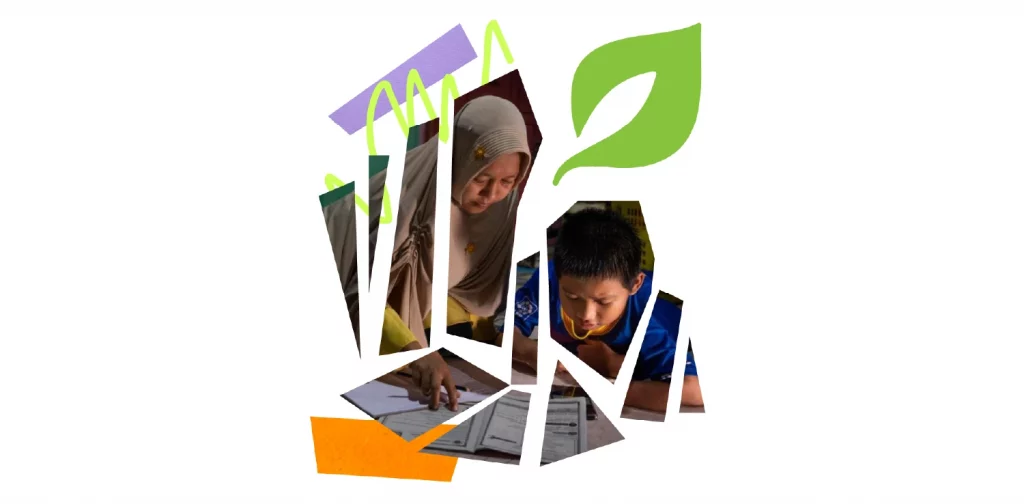
Photo: UNDP.
When someone says ‘development’, most will probably think about skyscrapers, roads full of cars, malls, and the way we can get anything delivered to our doorsteps these days. In short, the economy. These past decades have been a witness to Asia-Pacific’s significant economic development. Unfortunately, focusing on only economic growth tends to result in massive gaps in other aspects, such as human development. As inequality grows, a change is needed to mainstream human development in Asia-Pacific.
Economic Growth & Disparity
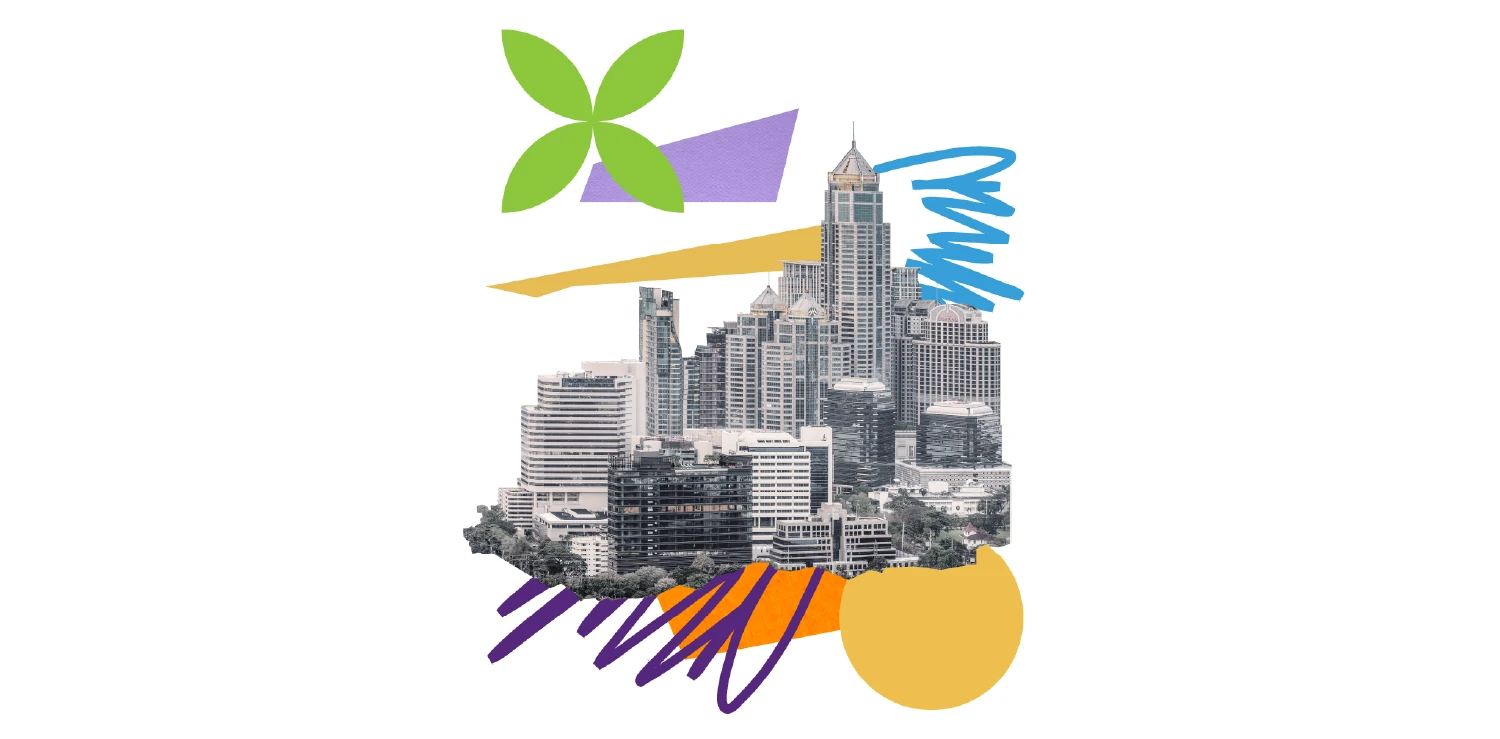
Japan’s export-led economic growth significantly affected Asia-Pacific’s economic growth. The model then spread to the rest of Asia-Pacific, making the region responsible for one-third of global output now.
The Asia-Pacific region has also created new approaches to human development. Some examples include public housing projects in Singapore, mobile banking in Indonesia and the Philippines, and microfinance in Bangladesh. These approaches helped lift over 1.5 billion people out of extreme poverty in a few generations.
However, disparity persists in the region. For instance, the wealthiest 10% consistently wields half of Asia-Pacific’s total income. This illustrates that the benefits of economic growth fail to trickle down to the majority of people and ensure distributive justice. In essence, economic growth alone is not a guarantee for a better life where no one is left behind.
Converging Risks
In November 2023, the UN Development Program (UNDP) released the 2024 Asia-Pacific Human Development Report to explore this issue. The Report argues that an urgent change in human development is needed due to “unmet aspirations, heightened human insecurity, and a potentially more turbulent future.”
”The Report lays out the risks and uncertainties of the future, gives structure to them, and articulates broad directions for bold action to drive change,” said UNDP Administrator Achim Steiner.
The Report identifies three major risk clusters converging in the Asia-Pacific region:
- Existential threats due to climate change and pandemics
- Economic and employment landscape disruptions due to intense demographic and technological change
- Democratic backsliding, rising populism, and polarization
Human Development in Asia-Pacific

What is human development? The Pakistani economist Mahbub ul-Haq first introduced the human development approach in 1990. This perspective centers on people, emphasizing the depth and quality of human experiences, including agency and freedom. Since then, the paradigm has evolved to include environmental protection. The human development approach now pursues equity, innovation, and stewardship of nature.
The Report states that striving for human development in Asia-Pacific means “sustaining economic growth while making determined efforts to combat the disparities between different groups, based on household income, for example, gender, age, ethnicity or where people live, and to restore human dignity.”
These efforts must go beyond making adjustments here and there. A meaningful change in human development requires a systemic transformation that includes a new, just, inclusive, and sustainable policy framework. The Report calls it “a new eco-social contract between governments and citizens”.
Mainstreaming Human Development
Structural change is complex but not impossible. The 2024 Asia-Pacific Human Development Report shares three primary domains to focus on in terms of policy:
- Enlarging people’s choices
This involves tackling structural exclusion and enhancing human capabilities. Tackling structural exclusion will require repealing discriminatory laws, adding protection laws, unpacking historical inequities, confronting harmful societal norms, practices, and biases, and addressing the diverse needs of vulnerable groups. Then, enhancing human capabilities will be about universal access to quality basic services as foundations to thrive in a competitive and turbulent world. This means access to health, education, skills, and the digital sphere.
- Human security in a more turbulent world
Everyone needs a safe and stable environment to thrive. Achieving this will require a holistic approach, especially in four areas: implementing social protection schemes, ensuring health security, enabling proactive disaster risk management and risk-informed development, and guaranteeing food security.
- Obligations to future generations
This means consideration of the long-term environmental and societal impacts. Policymakers should focus on accelerating a just energy transition and achieving net zero, investing in climate-resilient development, and protecting biodiversity and ecosystems while managing public finances more responsibly.
This guideline is a broad stroke of how to improve human development in Asia-Pacific. Still, there are more strategies and specificities to explore and implement to make Asia and the Pacific a region with sustainable growth for people and the planet.
Kani Wignaraja, Assistant Secretary-General for UNDP Asia and the Pacific, said, “Each country will arrive at its own strategies tailored to national and local circumstances, but all countries stand to gain from a more integrated approach that puts people first, delivers smart growth and effectively drives change.”
Read the full report here.
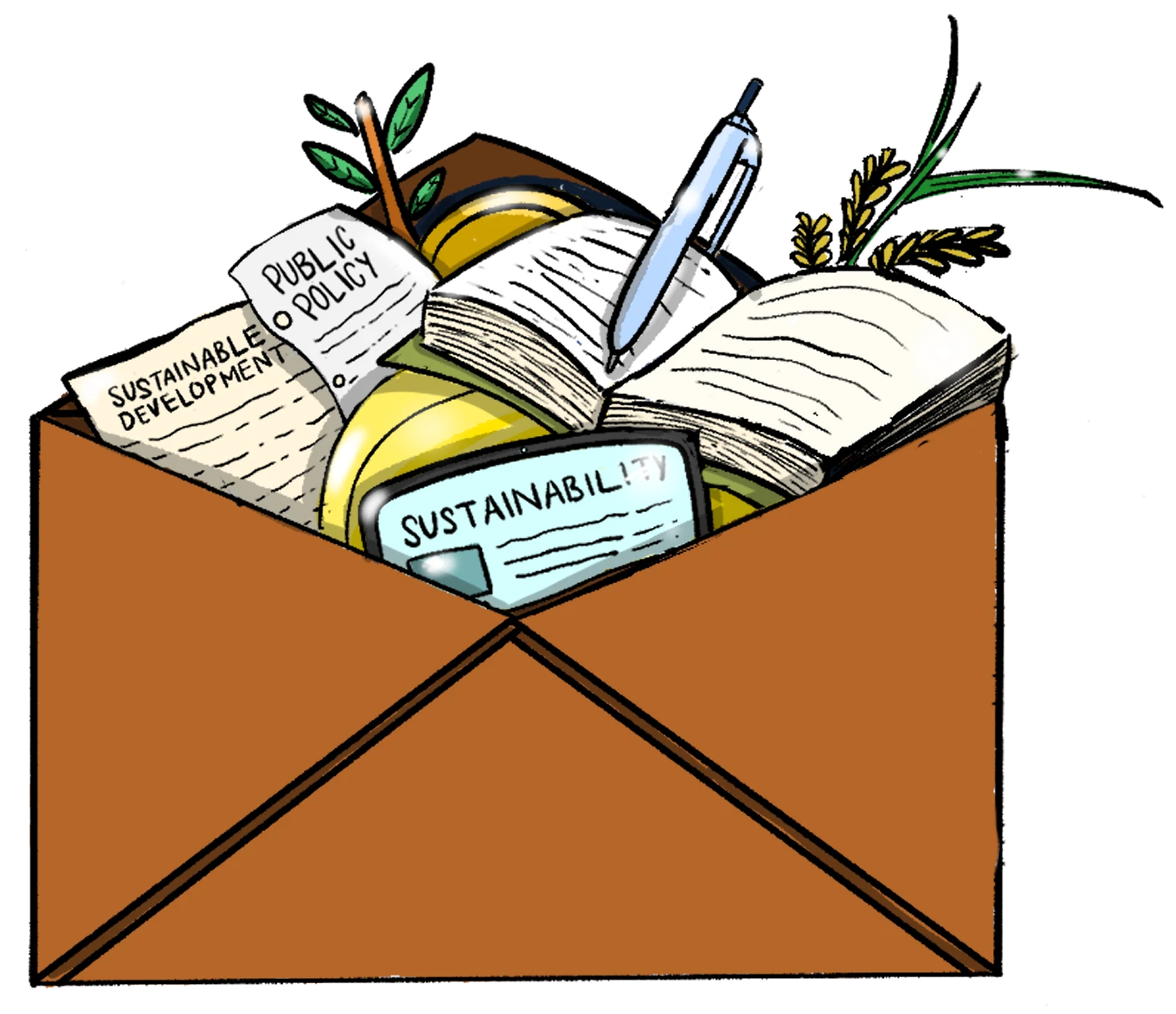
Join Green Network Asia Membership
Amidst today’s increasingly complex global challenges, equipping yourself, team, and communities with interdisciplinary and cross-sectoral insights on sustainability-related issues and sustainable development is no longer optional — it is a strategic necessity to stay ahead and stay relevant.


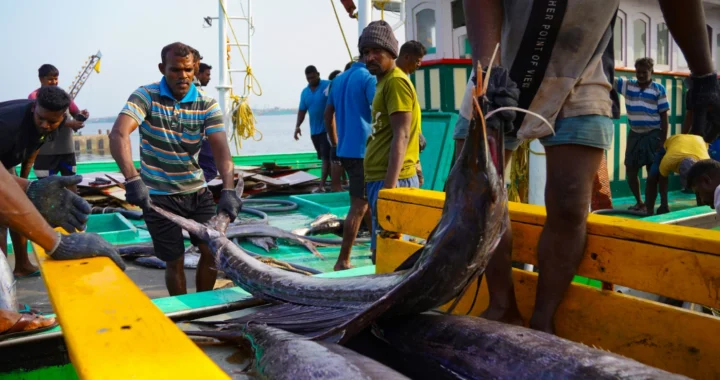 Global Reform on Fisheries Subsidies Signals a Hopeful Shift Toward Ocean Sustainability
Global Reform on Fisheries Subsidies Signals a Hopeful Shift Toward Ocean Sustainability  A Major Cause of Changing Rainfall Patterns
A Major Cause of Changing Rainfall Patterns  Strengthening Disaster Risk Governance at Local Levels
Strengthening Disaster Risk Governance at Local Levels  Recognizing the Role of Local Communities in Biodiversity Conservation
Recognizing the Role of Local Communities in Biodiversity Conservation 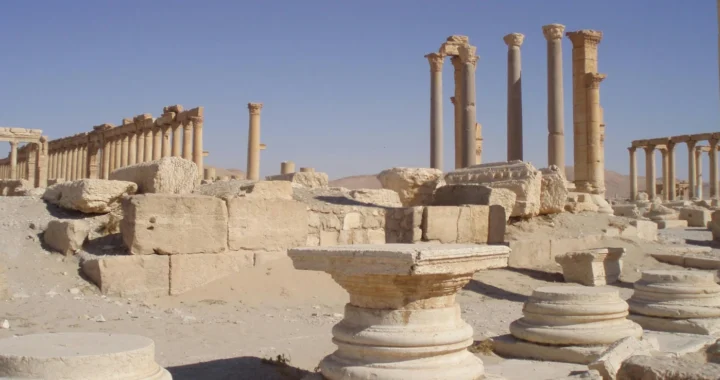 Preserving a People’s Identity by Protecting Art and Cultural Heritage amid Conflicts
Preserving a People’s Identity by Protecting Art and Cultural Heritage amid Conflicts  Revealing Progress and Gaps of Healthcare in Southeast Asia
Revealing Progress and Gaps of Healthcare in Southeast Asia